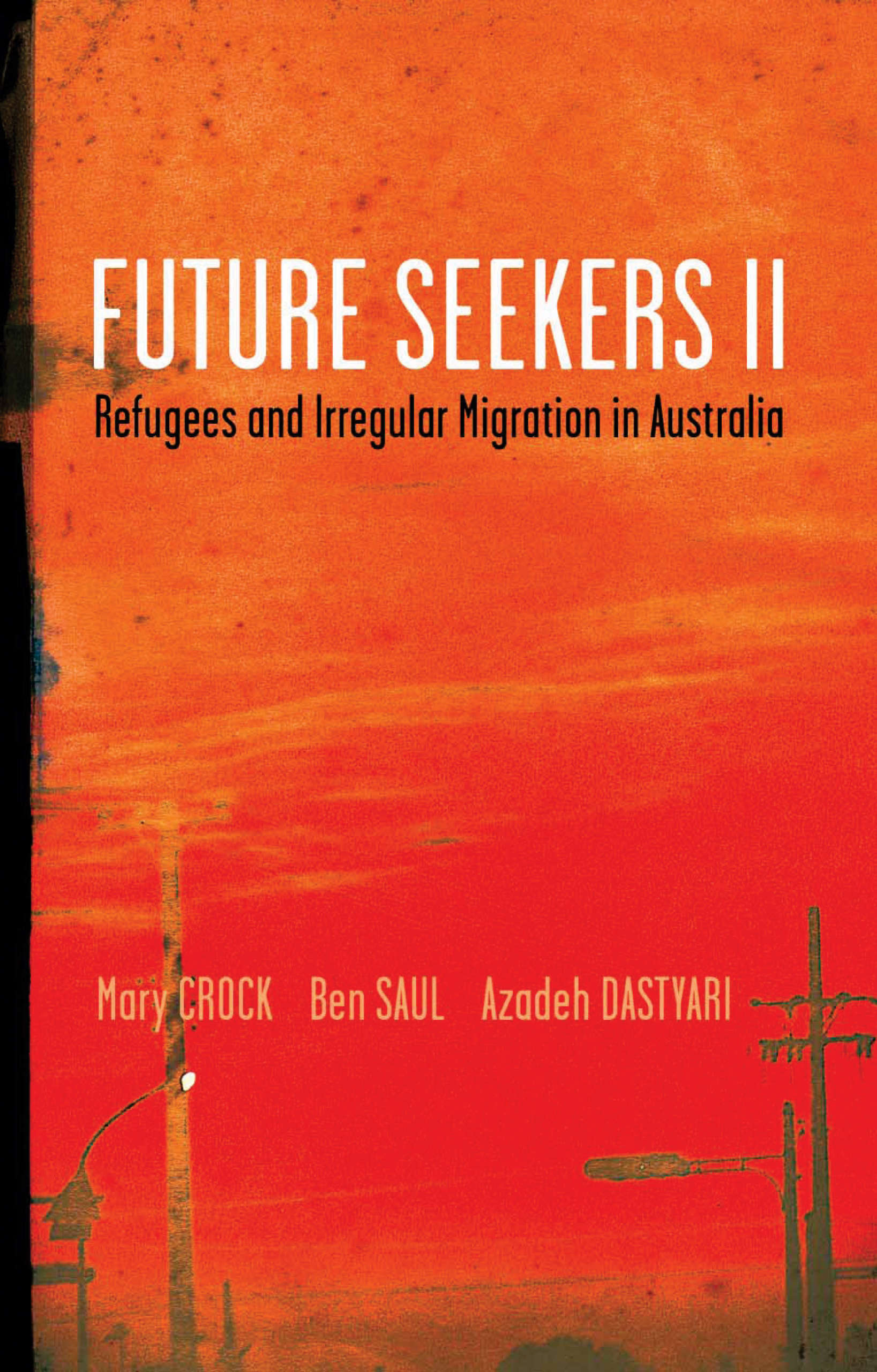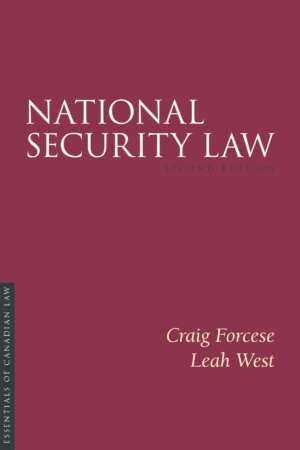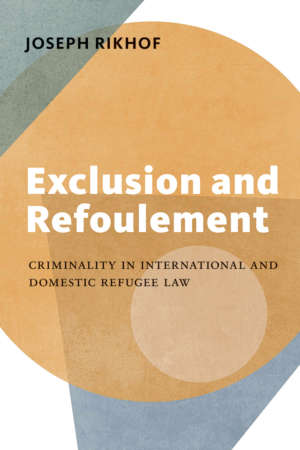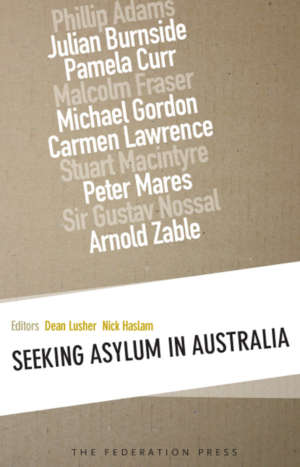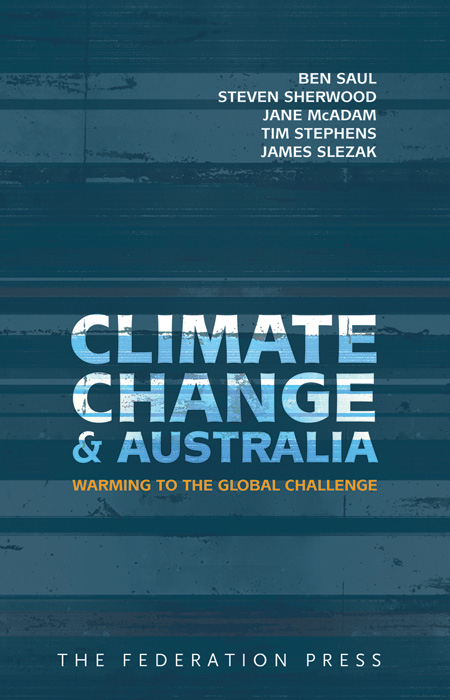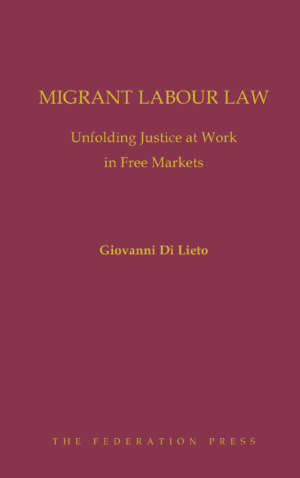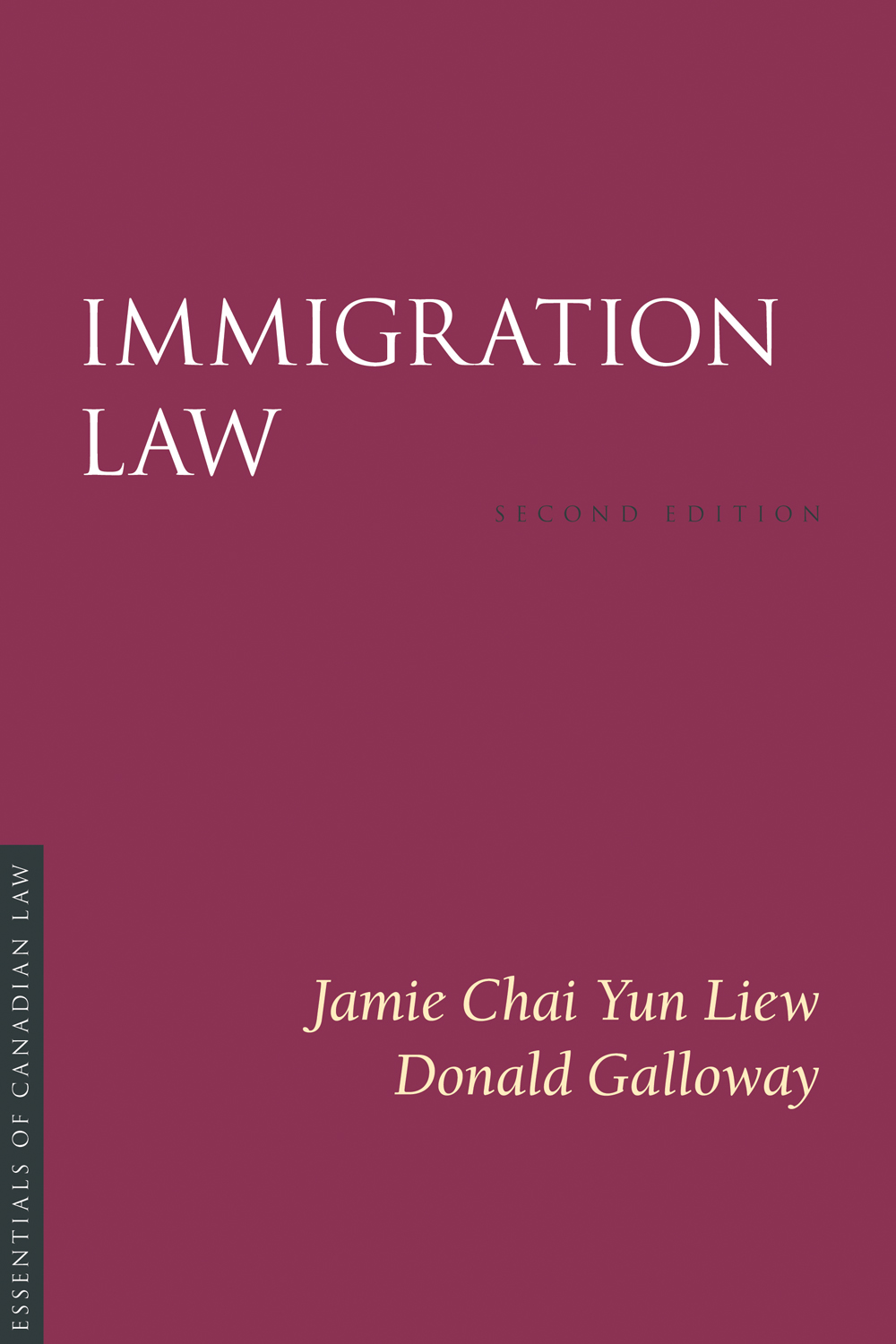Product Description
This book explores Australia’s ambivalent legal and political response to “irregular” migration, including the unplanned arrival of people variously known as asylum seekers, “boat people”, “illegals”, “queue jumpers” and “economic migrants”. Part 1 outlines how many people arrive, who they are, where they come from, and why they come. It also compares Australia’s experience of irregular migration to that of other countries, in light of the vast global movements of people and increasingly exploitative practices such as people smuggling and people trafficking.
The core of the book addresses the complex system of refugee law and policy in Australia. It explains the legal definition of who is a “refugee” and the administrative and judicial procedures for applying this definition to determine refugee status. It traces the changes to law and policy since 2001 following the infamous Tampa affair, the introduction of the “Pacific Strategy”, and the extension to West Papuans in 2006 of the policy of interdicting, deflecting, and processing asylum seekers offshore on Nauru and Christmas Island.
The final part of this book examines equally controversial laws and policies requiring the mandatory detention of unlawful non-citizens, including the key High Court decisions which confirmed the parliament’s power to detain a person indefinitely – and in breach of international human rights law. The living conditions in the detention centres and how Australia’s laws compare with other countries are also discussed.
Future Seekers II builds on a shorter book by two of the authors in 2002. This book responds to the many changes to refugee and migration law between 2002 and 2006 and its deeper coverage of the issues reflects the growing sophistication of public understanding of – and concern about – refugee issues in Australia.

